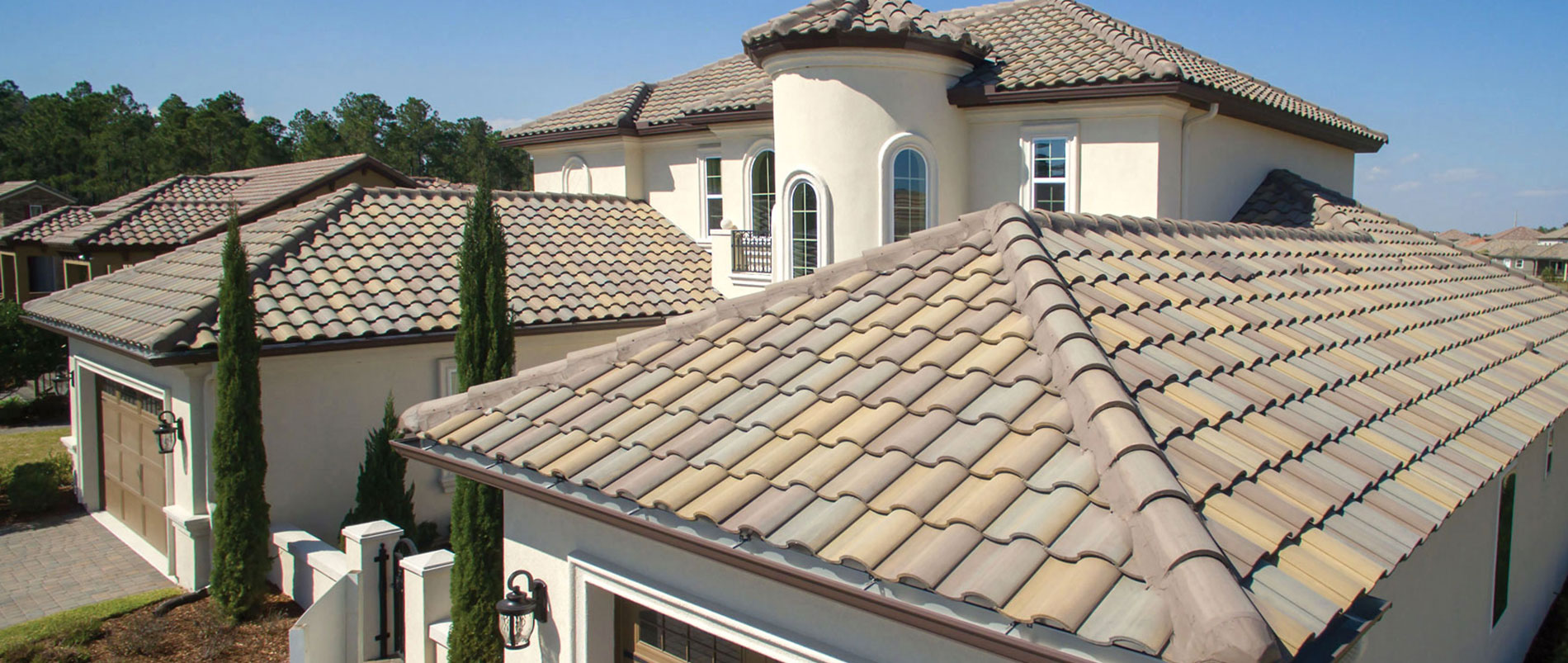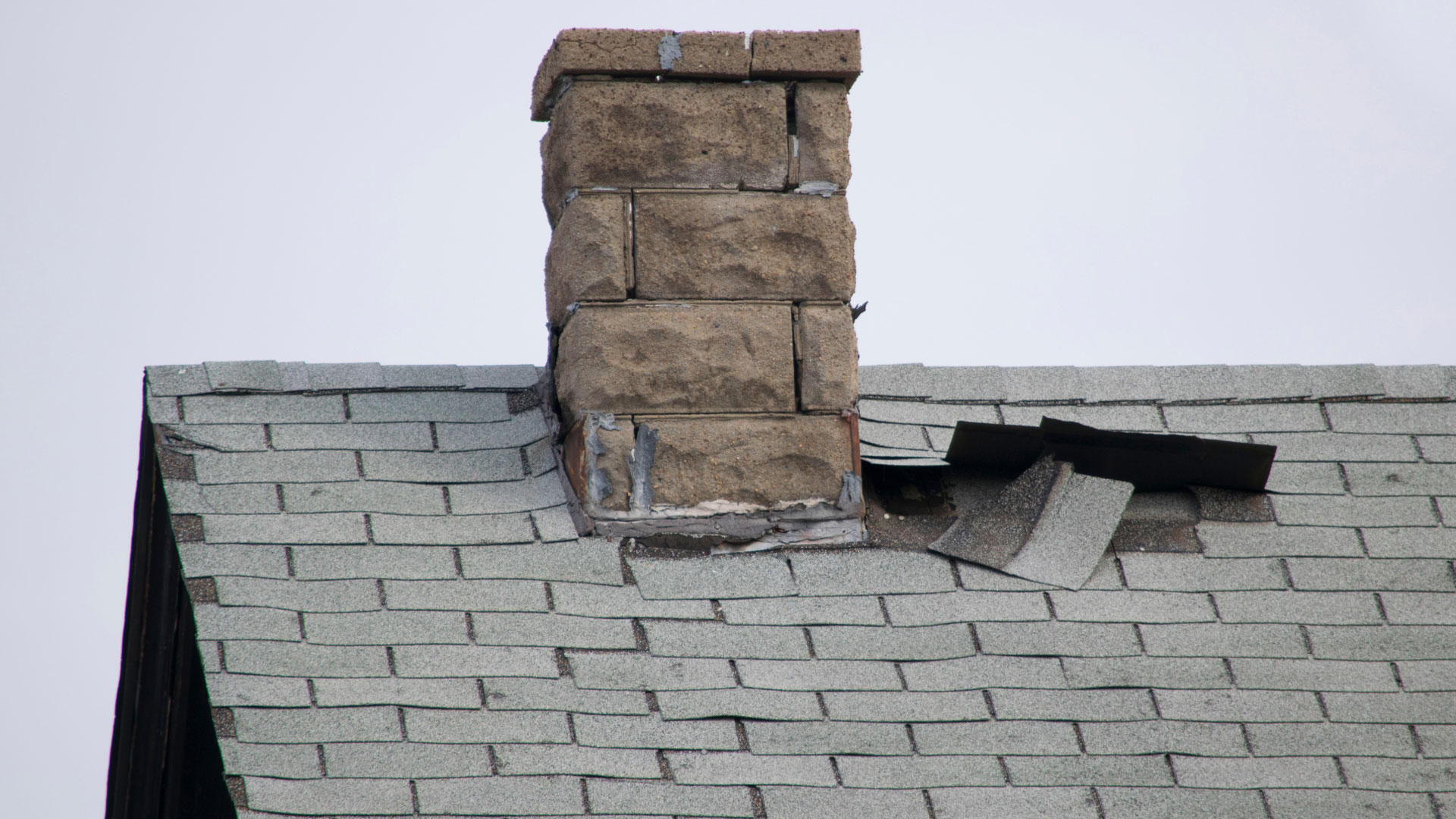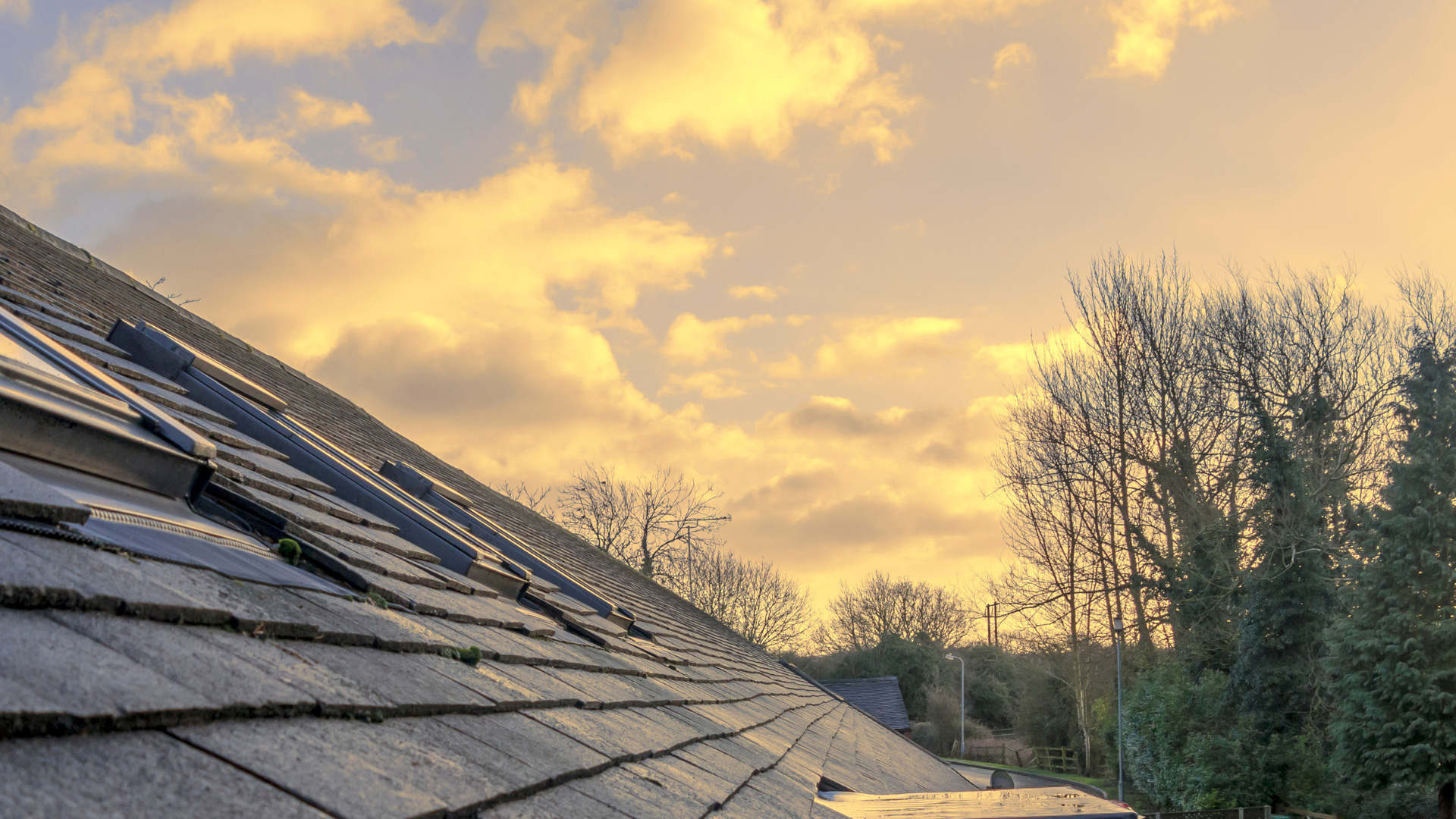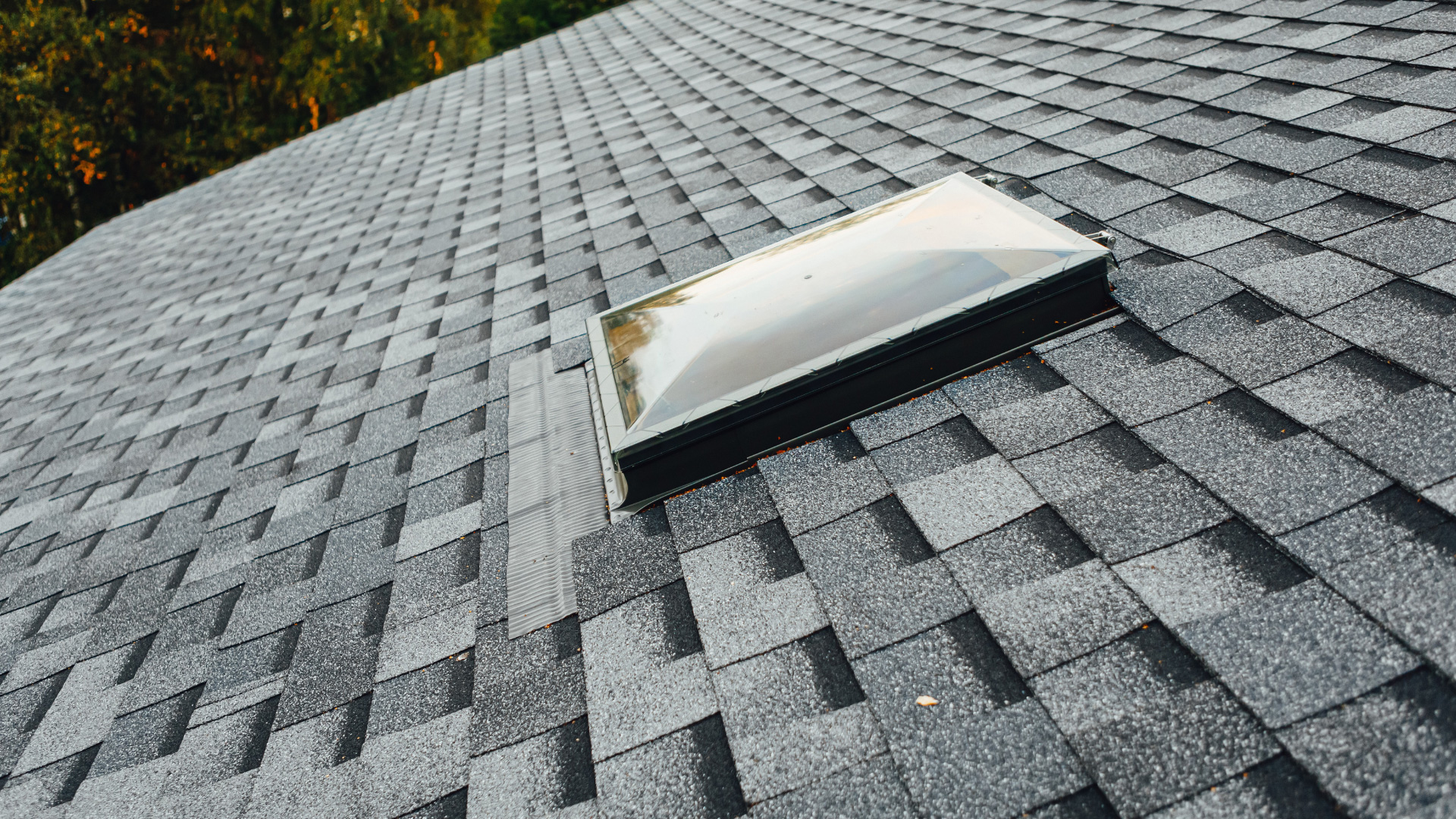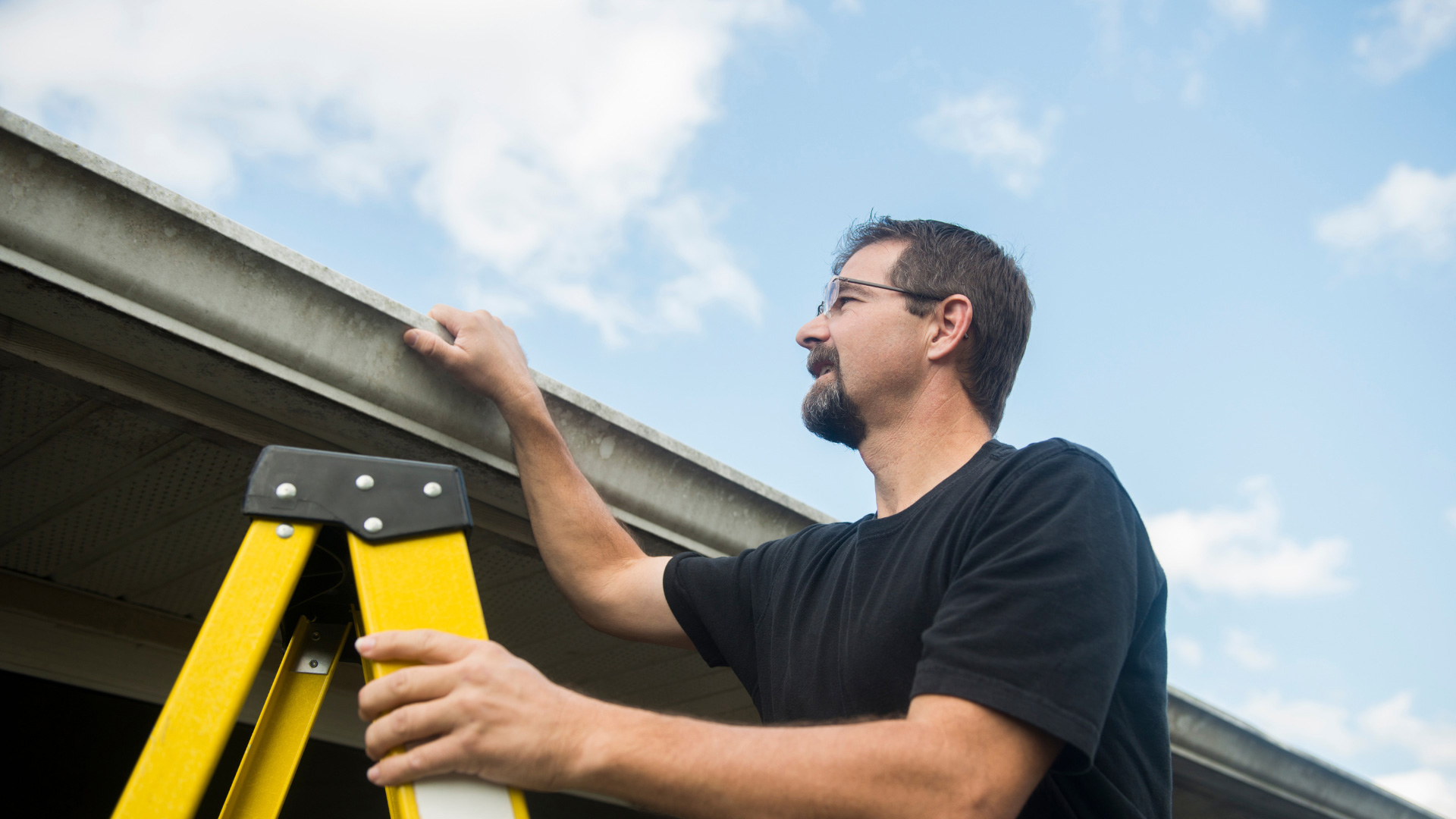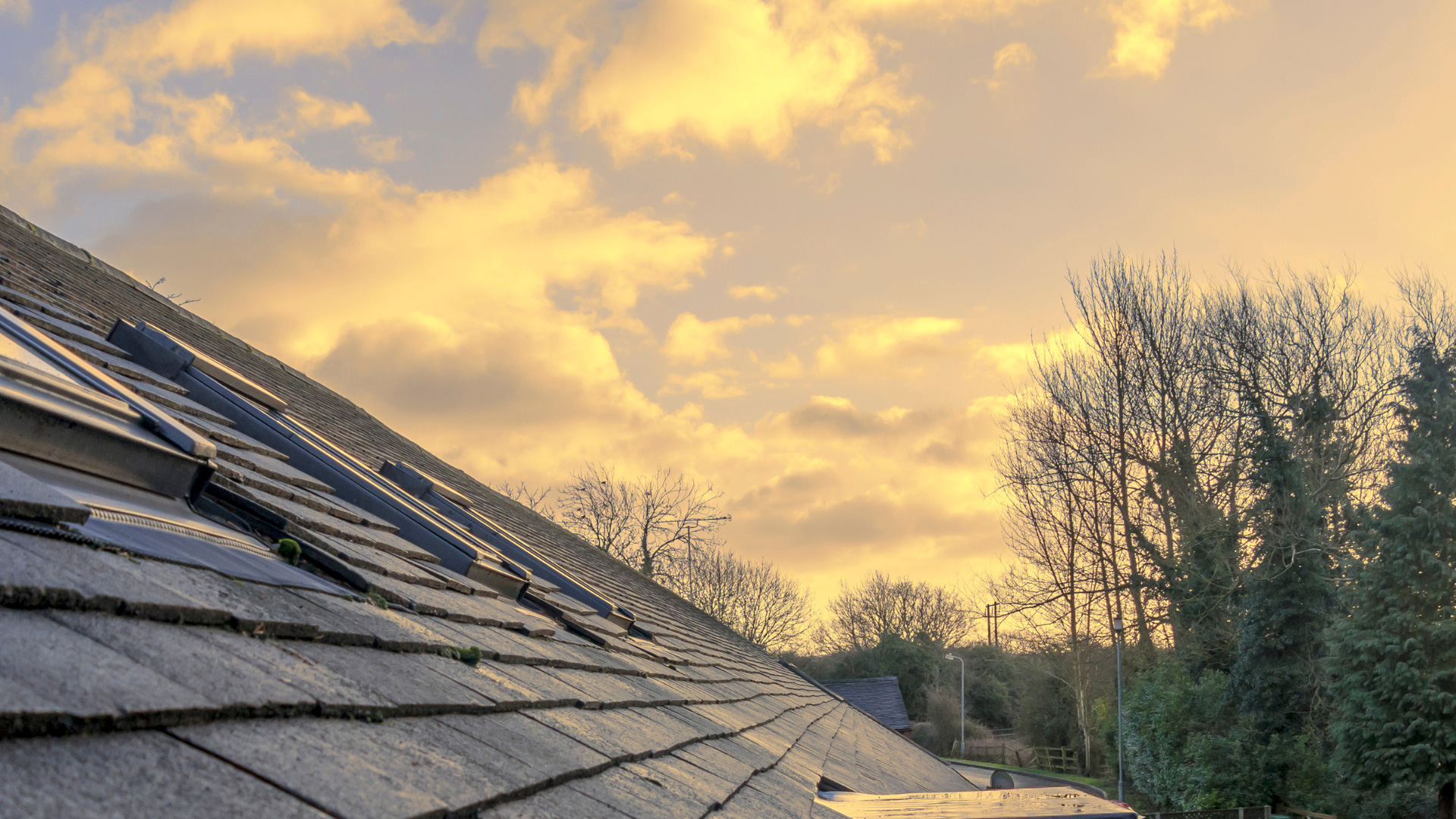Proper roof care means knowing how to spot roof damage before it’s too late. Unlike regular wear and tear that happens with age, roof damage occurs due to factors such as severe weather and neglecting preventive maintenance. Addressing the problem promptly can help prevent premature roof failure. To help extend the lifespan of your roof, here are some common types of roof damage to look out for.
1. Leaks
Roof leaks expose your home to water damage. Left unchecked, a leaky roof can cause significant structural damage and provide a perfect breeding ground for mold. Unfortunately, roof leaks are usually subtle at first. By the time you start seeing water spots on your ceiling, there’s already significant damage. Watching for signs of roof leaks, like dripping and mold on the exterior walls, can help minimize damage and subsequent repairs.
2. Damaged Flashing
Roof flashing is a watertight barrier installed around roof features such as skylights, chimneys, seams and joints to prevent water seepage. While it’s usually made to last up to 50 years, roof flashing damage can happen due to poor installation, rust and wind damage. When this happens, water leaks can occur. To prevent further roof damage, repair or replace damaged flashing promptly.
3. Cracks From Wind Damage
Common signs of wind damage include curling, cracking or missing shingles. Wind damage gets worse with time, and what could have been simple repairs can turn into a major replacement project. To maintain the integrity of your roof, schedule a roof inspection after high winds and replace damaged or missing shingles immediately.
4. Hail Damage
Hail damage is one of the hard-to-spot types of roof damage. Hail can damage the granules on your shingles, leaving your roof prone to further damage. Unless the hail is quite big, resulting in noticeable holes on your roof, you will often need to schedule a professional roof inspection to determine if it has suffered hail damage.
5. Fungus
Roof fungi (moss, mold, mildew and algae) thrive in damp or humid environments. A roof that has little direct sunlight and poor drainage is especially susceptible to roof fungus due to moisture problems. Having fungus growing on your roof is not only a health hazard but can potentially cause roof rot. Scheduling annual inspections can help you catch roof fungus before it spreads and causes further structural damage.
6. Heat Blisters
Long-term exposure to extreme heat can cause blistering on your shingle roof. Usually seen as small bubbles on the roof, heat blisters can pop, causing shingle granules to shed prematurely. These granules protect your roof against UV rays and extreme temperature changes. When they shed, the asphalt layer becomes damaged and you may need to replace your roof more often.
7. Improper Installation
Poor workmanship is one of the main causes of roof damage. Common roofing mistakes such as incorrectly installed shingles leave your roof vulnerable and you end up spending so much on repairs and eventually a replacement. To avoid this, ensure you’re working with a professional roof installation company.
Eliminate Roofing Damage With a New Roof
Regular roof inspection can help prevent most of these common types of roof damage. While roof repairs can fix minor damage, frequent roofing problems might mean it’s time to consider a partial or full roof replacement. That’s why at Roofing Optimum, we recommend working with an experienced roofing team to ensure your roof is strong enough to protect you and your home. Contact us today to learn more about how we can help you overcome your roof damage with a new roof.
